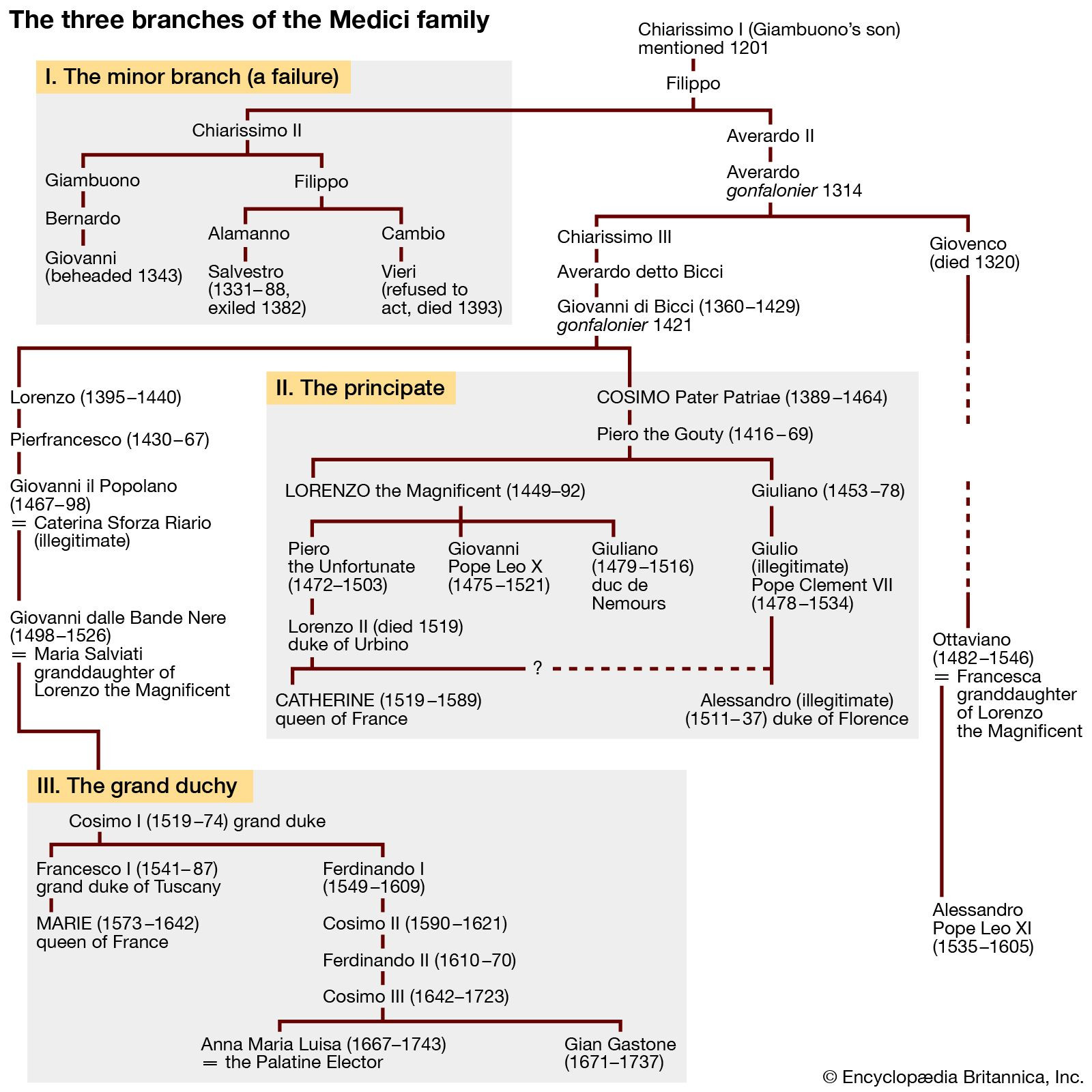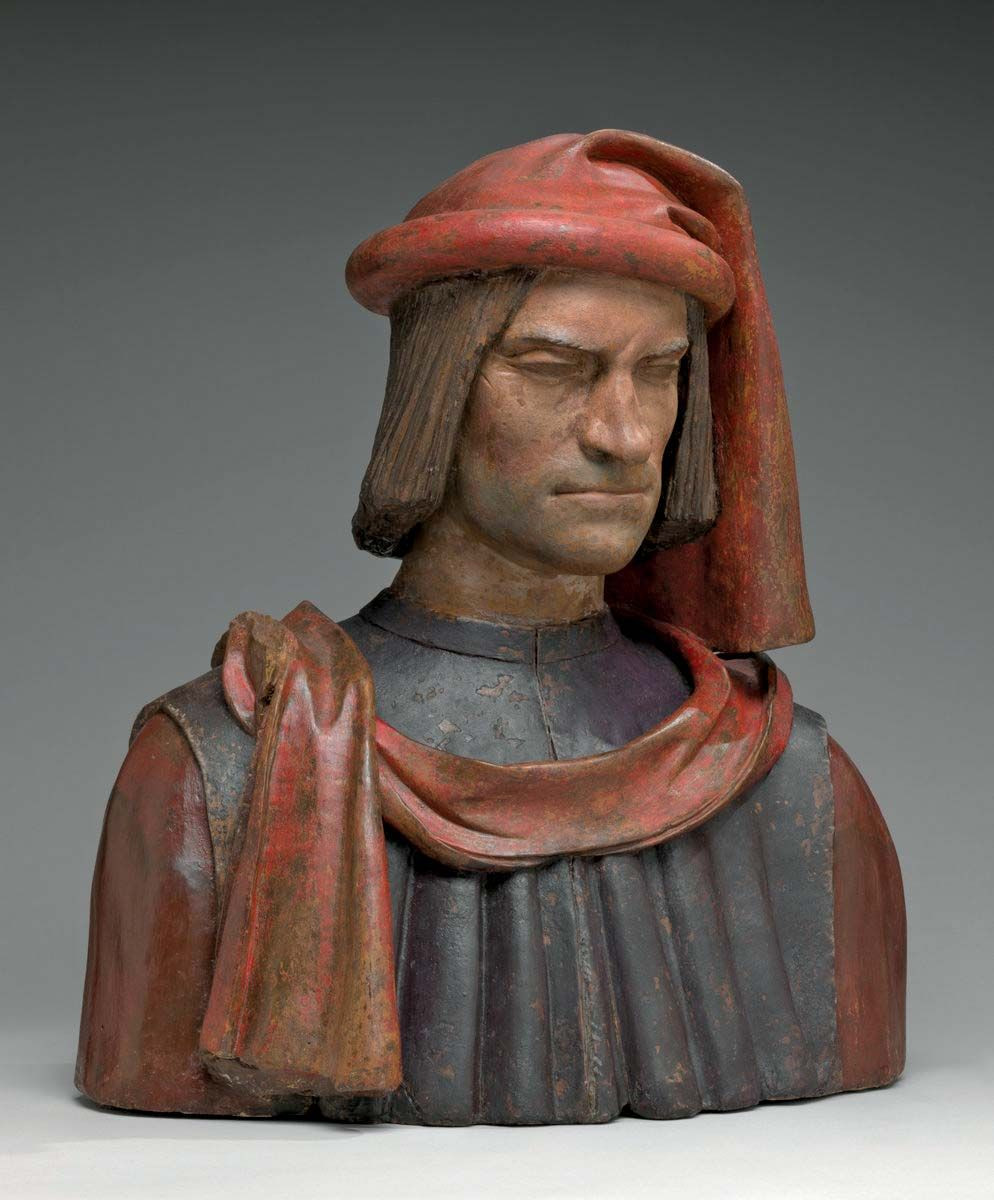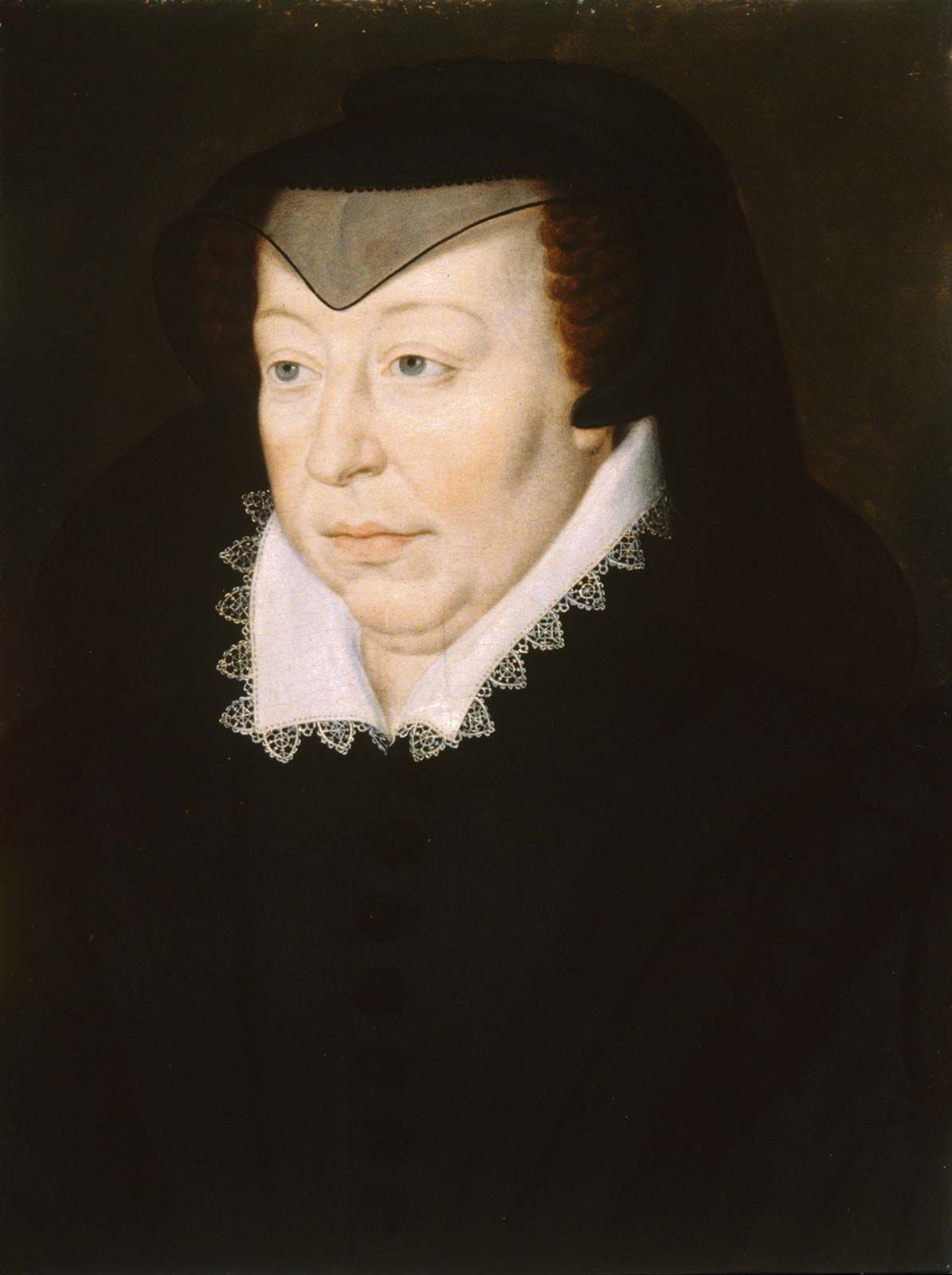The Medici Family stands as one of the most influential dynasties in European history, particularly renowned for their dominance in Florence and Tuscany during the Renaissance. Originating from humble bourgeois beginnings, they ascended to unparalleled heights, ruling Florence for generations and extending their reach to the papacy and royal houses of Europe. Their legacy is intricately woven into the fabric of the Italian Renaissance, marked by their astute political maneuvering, immense wealth, and, perhaps most famously, their unparalleled patronage of the arts and sciences.
The story of the Medici family is complex, unfolding through different branches and eras. Initially, the line of Chiarissimo II attempted to seize power in Florence during the 14th century but ultimately failed to establish lasting dominance. It was in the 15th century that the line of Cosimo the Elder rose to prominence, establishing a hereditary, albeit initially unofficial, rule over Florence. While lacking formal titles in the early days, this line’s influence grew immensely, eventually leading to ducal titles outside Florence, a queen of France through Catherine de Médicis, and Alessandro becoming the first Duke of Florence. A third line emerged in the 16th century, solidifying their power and transitioning into a recognized dynasty of Grand Dukes of Tuscany.
 Genealogical tree illustrating the branches of the Medici family, highlighting their lineage and titles.
Genealogical tree illustrating the branches of the Medici family, highlighting their lineage and titles.
Despite the different branches and periods, a consistent thread ran through the Medici family. They were not military leaders, preferring diplomacy and financial influence to armed conflict. They cultivated strong ties with the common populace, maintaining a “plebeian” image even as their power grew. Above all, the Medici were driven by a profound passion for the arts, literature, and architecture. They were not merely beneficent patrons but discerning and enlightened supporters, arguably the most magnificent patrons Western civilization has ever witnessed.
The Line of Chiarissimo II: Early Struggles for Power
The Medici family’s roots can be traced back to Tuscan peasantry, originating from the village of Cafaggiolo in the Mugello valley north of Florence. As commerce flourished in the 12th century, some villagers recognized new opportunities and migrated to Florence. By the 1300s, the Medici were counted among Florence’s wealthy families, though still in the second tier compared to the city’s leading houses.
The economic downturn across Europe after 1340 proved to be a turning point. While more established Florentine families faced bankruptcy, the Medici weathered the storm and strategically positioned themselves among the city’s elite. Descendants of Chiarissimo II attempted to consolidate their position by gaining control of the Florentine government. However, this ambition led to a turbulent period of about fifty years (1343–93) marked by significant setbacks for the family.
Salvestro de’ Medici, grandson of Chiarissimo II, revived the strategy of aligning with the popolo minuto, the common people. He was elected gonfalonier, the head of the signoria or governing council, in 1378. Salvestro, to varying degrees of intent, fueled the insurrection of the ciompi, the lowest class artisans, against his political rivals. Following the rebellion’s success, he gained considerable financial and titular advantages. However, the popular government fell in 1381, leading to Salvestro’s exile. His legacy persisted, and in 1393, the popolo magro, the “lean people,” again considered seizing control of the signoria. They sought out Salvestro’s cousin, Vieri, but Vieri skillfully avoided involvement without losing prestige. With Vieri, this branch of the Medici family faded from historical significance.
The Line of Cosimo the Elder: Rise to Florentine Dominance
Averardo de’ Medici, also known as Bicci, a distant cousin of Salvestro, became the progenitor of the historically renowned Medici line. His son, Giovanni di Bicci de’ Medici (1360–1429), is regarded as the founder of the great Medici dynasty. Giovanni inherited the family business, which was based on cloth and silk manufacturing and banking. He significantly expanded these operations, amassing immense wealth and establishing the family as a powerful force in Florence. Giovanni had two sons, Cosimo (1389–1464) and Lorenzo (1394–1440), both later known as “the Elder,” who established the two primary branches of the famed Medici family.
Cosimo de’ Medici, the elder brother, laid the political foundation for the family’s dominance. He served on the Florentine board of war, the Dieci (The Ten), and held other important public positions. Cosimo had two sons, Piero (1416–69) and Giovanni (1424–63). Giovanni predeceased his father, and upon his death, Cosimo was bestowed with the title “Father of His Country.” Piero di Cosimo de’ Medici continued to maintain and strengthen the family’s political standing. Piero fathered two sons: Giuliano (1453–78), who was assassinated, and Lorenzo (1449–92), who became known as Il Magnifico, “The Magnificent.”
Lorenzo de’ Medici, Il Magnifico, holds a revered position in the history of Florence and Italy. Inheriting a deep appreciation for the arts and literature, he himself was a poet and became a celebrated patron of artists and a skilled statesman. Lorenzo’s three children, Piero (1472–1503), Giovanni (1475–1521)—later Pope Leo X—and Giuliano (1479–1516), played contrasting roles in Florence’s history. Piero assumed leadership after Lorenzo but alienated the Florentines by siding with the French. This act of perceived betrayal led to the Medici expulsion from Florence in 1494. Giovanni, then a cardinal, used his influence with Pope Julius II to orchestrate the family’s return to power. Giuliano, who received the French title Duke of Nemours, suffered from poor health and died relatively young.
 Bust of Lorenzo de' Medici, known as 'The Magnificent', a key figure of the Renaissance and patron of the arts.
Bust of Lorenzo de' Medici, known as 'The Magnificent', a key figure of the Renaissance and patron of the arts.
Piero, Lorenzo the Magnificent’s eldest son, had one son, also named Lorenzo (1492–1519). This Lorenzo fathered Catherine (1519–89), who became Queen of France through her marriage to Henry II. Three of Catherine’s four sons went on to become Kings of France, further cementing the Medici family’s European influence. Giovanni, Lorenzo the Magnificent’s second son, ascended to the papacy as Pope Leo X. To commemorate the tragically early deaths of Giuliano and Lorenzo (the younger), the family commissioned Michelangelo to create the renowned Medici Tombs in Florence. The period was considered the zenith of the Medici age, often referred to as “the century of Leo X.” From 1513 to 1521, surrounded by nephews and cousins appointed as cardinals, Leo X reigned not only over Christendom but also over the arts and letters, mirroring his father’s patronage. However, his preoccupation with artistic endeavors led him to underestimate the significance of a relatively obscure monk named Martin Luther. By the 1520s, the descendants of Cosimo the Elder were dwindling. To ensure the continuation of Medici rule in Florence, Pope Clement VII, nephew of Lorenzo the Magnificent, installed Alessandro (1511–37), believed to be his illegitimate son, as the hereditary Duke of Florence in 1532. In the same year, Clement VII abolished Florence’s long-standing constitution, consolidating Medici power.
Alessandro’s rule was characterized by cruelty and authoritarianism. His reign lasted only five years, ending with his assassination in 1537 by a companion who was also a relative.
The Grand Dukes of Tuscany: Forging a Dynasty
Following the tumultuous rule of Alessandro, a third line of Medici emerged. This line embraced a more absolute form of rule, abandoning any pretense of republican ideals and establishing a hereditary dynasty of Grand Dukes of Tuscany. They transitioned from powerful citizens to recognized monarchs, securing their place among Europe’s ruling families.
 Catherine de' Medici, Queen of France, a powerful figure in 16th-century European politics and a member of the influential Medici family.
Catherine de' Medici, Queen of France, a powerful figure in 16th-century European politics and a member of the influential Medici family.
Throughout their history, the Medici family consistently displayed certain defining traits. Unlike traditional ruling families, they relied more on financial leverage and strategic alliances than military might. They maintained a connection with the common people, fostering a sense of accessibility despite their elevated status. And crucially, their unwavering dedication to the arts and learning transformed Florence into a cultural epicenter of the Renaissance. Their patronage extended beyond mere financial support; they were discerning connoisseurs who fostered an environment of creativity and intellectual flourishing, leaving an indelible mark on Western art and culture.
Conclusion
The Medici family’s story is a remarkable saga of ascent from merchants to monarchs. From their shrewd navigation of Florentine politics to their elevation of family members to the papacy and European royalty, they exerted immense influence on their era. Beyond their political and economic power, their enduring legacy lies in their transformative patronage of the arts and sciences. The Medici family’s contributions shaped the Renaissance and left an enduring cultural heritage that continues to resonate today, forever linking their name with Florence, Tuscany, and the very spirit of the Italian Renaissance.


